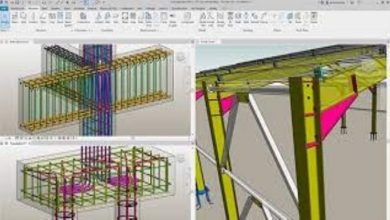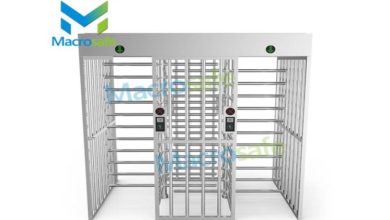MPPT vs. PWM: Understanding Solar Charge Controllers and the Jackery Explorer 500 Portable Power Station

When it comes to harnessing solar power, the efficiency of the charging system is pivotal. This is largely influenced by the type of solar charge controller used. In this article, we’ll explore the differences between MPPT (Maximum Power Point Tracking) and PWM (Pulse Width Modulation) solar charge controllers, and introduce the Jackery Explorer 500 Portable Power Station—a portable power station equipped with an MPPT solar charge controller, designed to optimize solar energy utilization.
MPPT vs. PWM: Key Differences
Efficiency
– MPPT: This technology is known for its ability to extract more power from the solar panels by operating them at their maximum power point. MPPT controllers adjust their input to deliver the optimal charge current and voltage to the battery or power station. They can be particularly effective under suboptimal solar conditions, such as partial cloud cover or low sun angles, improving efficiency by up to 30% compared to PWM controllers.
– PWM: PWM controllers are simpler and generally less expensive but less efficient. They work by connecting directly to the solar array and operate at the voltage level of the battery. This method can waste potential solar energy, especially during peak sunlight hours when the voltage of the solar panels exceeds that of the battery.
Cost
– MPPT: These controllers are more complex and cost more than PWM controllers due to their advanced technology and higher efficiency rates.
– PWM: Due to their simpler design, PWM controllers are more cost-effective and are suitable for smaller systems where efficiency is less of a concern.
Application Suitability
– MPPT: Ideal for larger solar systems and variable environmental conditions. They are particularly useful in areas with significant temperature fluctuations that can affect voltage and power generation.
– PWM: Best suited for small-scale, low-cost installations where the budget is a constraint and efficiency losses are acceptable.
Introducing the Jackery Explorer 500 Portable Power Station with MPPT Charge Controller
the Jackery Explorer 500 Portable Power Station is a prime example of portable power station in Australia that integrates an MPPT solar charge controller to ensure maximum efficiency. Here are some key features and capabilities:
Capacity and Power
– Capacity: 518Wh
– Surge Power: 1000W
This capacity and power allow the Jackery Explorer 500 Portable Power Station to run various appliances for significant durations, making it an excellent choice for outdoor activities, emergency backup, and off-grid living.
Performance with Common Appliances
– Microwave (700W): Runs for approximately 0.6 hours
– Kettle (800W): Runs for approximately 0.55 hours
– Drill (900W): Runs for approximately 0.48 hours
– Blender (300W): Runs for about 1.5 hours
– Toaster (650W): Runs for approximately 0.7 hours
– Fridge (300W): Runs for about 1.5 hours
Solar Charging Capability
Equipped with an MPPT solar charge controller, the Jackery Explorer 500 Portable Power Station can be fully charged efficiently using solar panels like the Jackery SolarSaga 100W. This feature allows for faster and more reliable charging, particularly useful when wall outlets are not available.
Conclusion
Choosing the right solar charge controller can significantly affect the efficiency and effectiveness of a solar power system. the Jackery Explorer 500 Portable Power Station, with its MPPT charge controller, represents a robust solution for anyone looking to maximize their use of solar energy. Whether you are camping, dealing with power outages, or simply looking for a sustainable power source, the Jackery Explorer 500 Portable Power Station provides a reliable and efficient power solution tailored for a variety of needs and conditions.




